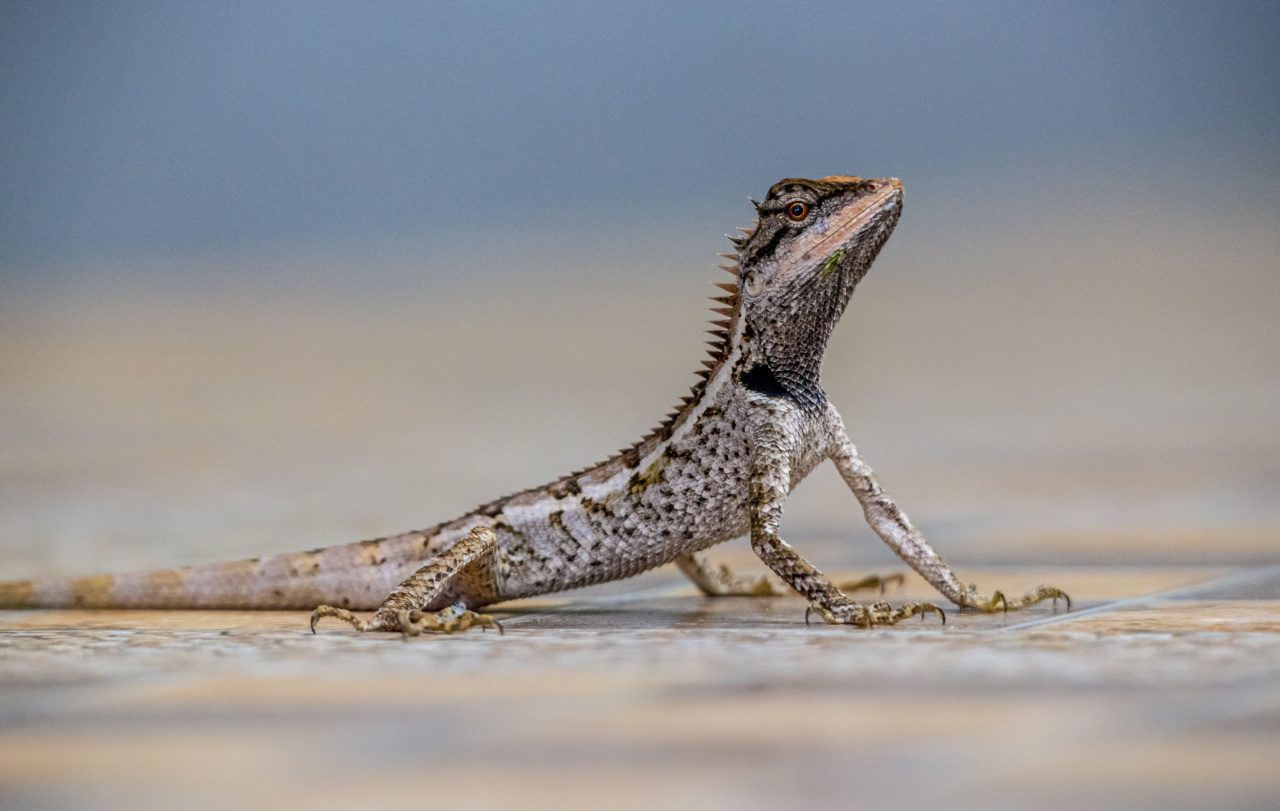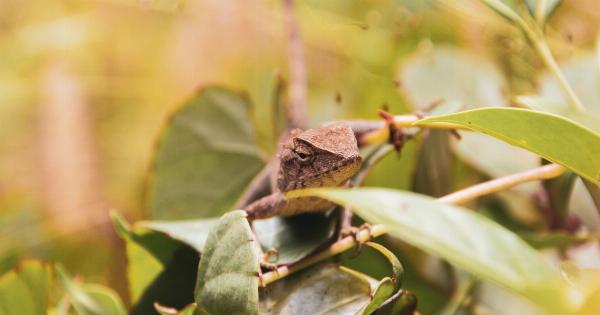Welcome to the captivating world of Samamides, chameleons, and lizards! These incredible reptiles have intrigued and fascinated humans for centuries, with their unique characteristics, stunning adaptations, and astonishing diversity.
In this article, we will explore their intriguing features, understand their behavior, and appreciate their remarkable abilities. So, let’s delve into the wondrous world of Samamides, chameleons, and lizards.
Samamides: Majestic Giants
Samamides, also known as giant lizards, are remarkable creatures found in the tropical rainforests of Southeast Asia. These magnificent reptiles are known for their imposing size, with some species reaching lengths of up to 3 meters.
Their muscular bodies, powerful jaws, and long tails make them impressive predators in their habitat.
Chameleons: Masters of Camouflage
Chameleons, a group of lizards known for their unique ability to change skin colors, are truly masters of camouflage.
These fascinating reptiles have specialized cells called chromatophores that enable them to alter their appearance to match their surroundings. Whether it’s blending in with leaves, bark, or flowers, chameleons can seamlessly disappear from view, making them highly effective hunters and evaders.
The Wonders of Lizards’ Adaptations
From regenerating lost tails to climbing vertical surfaces, lizards possess an array of adaptations that have allowed them to thrive in diverse environments.
One remarkable adaptation is autotomy, which refers to the ability to voluntarily detach their tails as a defense mechanism against predators. The detached tail can continue to move, distracting the predator while the lizard makes a quick escape.
Another fascinating adaptation seen in some lizard species is the ability to walk on water. The remarkable Basilisk Lizard, also known as the “Jesus Lizard,” can run across the water by utilizing its specialized toes and rapid movements.
This extraordinary ability helps them evade predators and traverse their watery habitats with ease.
Diverse Species of Samamides
Samamides showcase incredible diversity in terms of appearance, behavior, and habitat. These magnificent reptiles are further divided into various species based on their unique characteristics and geographical distribution.
The Chameleon Rainbow
Chameleons, known for their ability to change colors, are a diverse group of lizards. With over 200 species spread across the world, chameleons come in various sizes, shapes, and colors.
From the small Brookesia chameleon, measuring only a few centimeters, to the large Parson’s chameleon, which can grow up to 68 centimeters, the chameleon rainbow never fails to captivate our attention.
Behavioral Marvels of Lizards
Lizards showcase a wide range of fascinating behaviors. Many use specialized displays and body language as a communication tool, particularly during courtship rituals.
Male anole lizards, for example, perform impressive head-bobbing displays to attract females and establish their territory.
Some lizard species have also evolved unique social structures. The iconic Gila Monster, a venomous lizard found in the southwestern United States, is an excellent example.
These solitary creatures come together only during mating season and showcase fascinating courtship behaviors.
Remarkable Reptiles in Popular Culture
Samamides, chameleons, and lizards have left an indelible mark in popular culture, appearing in myths, legends, and various art forms.
The chameleon’s ability to change colors has often been associated with adaptability and deception, often depicted in folklore as creatures of mystical powers.
Lizards, with their slim and agile bodies, have also inspired many fictional characters.
The superhero “Lizard” from the Spider-Man comics and movies, for example, is a fictional character who underwent a transformation, displaying reptilian traits and characteristics.
The Importance of Conservation
As our understanding of Samamides, chameleons, and lizards grows, so does the importance of preserving their habitats and protecting their species. Deforestation, climate change, and human activities pose serious threats to their populations.
Conservation efforts, such as habitat restoration and protected areas, play a crucial role in safeguarding these remarkable reptiles and ensuring their survival for future generations to marvel at.
So, the next time you encounter a Samamides, chameleon, or lizard in the wild or even in a reptile habitat, take a moment to appreciate their captivating presence.
These marvelous creatures are a testament to the wonders of our natural world and serve as a reminder of the incredible diversity and adaptability of life on Earth.






























